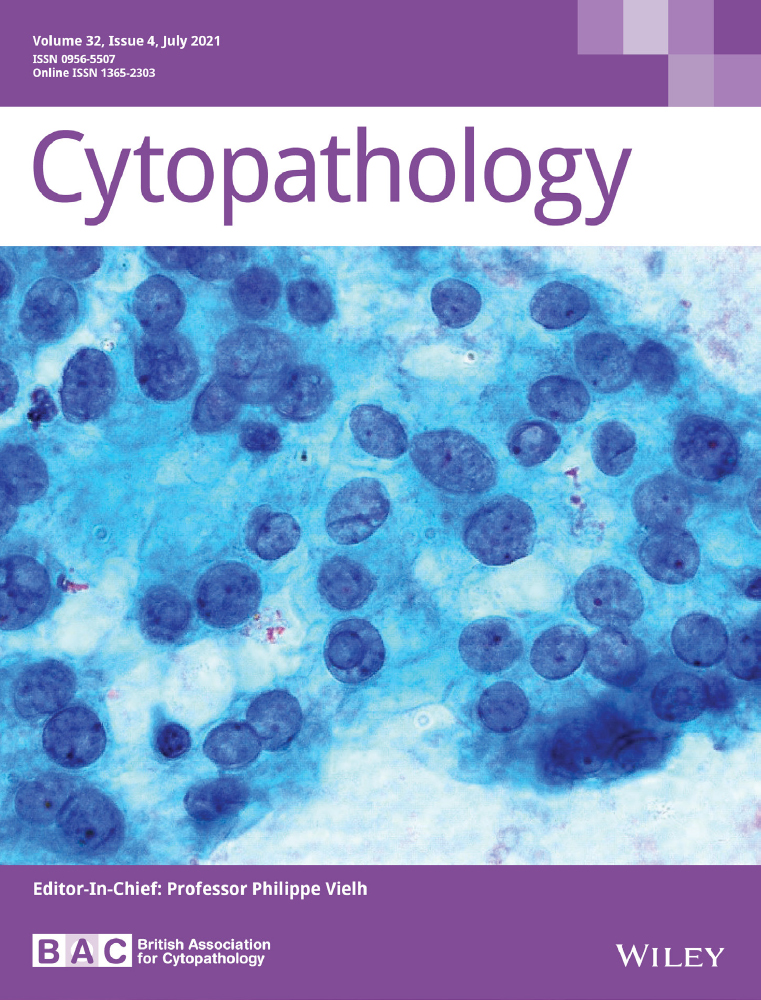Rapid onsite evaluation uses a very small proportion of total material aspirated at endobronchial or endoscopic ultrasound in the investigation of suspected thoracic malignancy
Abstract
Introduction
The objectives were: to measure the proportion of aspirated material used to make direct slides for rapid onsite evaluation (ROSE) at endobronchial (EBUS) and endoscopic ultrasound (EUS) in suspected thoracic malignancy; and to correlate pass weights with ROSE category and needle size.
Method
All EBUS and EUS cases for possible thoracic malignancy October 2018-May 2019 were included. All material from each pass was expelled into a Petri dish. One drop of material was placed on each of two slides; one used for ROSE, the other fixed and remaining material processed to cell block. Dish and slides were weighed before and after this procedure on a sensitive balance and weight of aspirate and slide material calculated. When ROSE identified malignancy, slide production ceased but target sampling for ancillary studies continued.
Results
ROSE accuracy was 96.8%. Mean percentage by target of aspirated material used to make direct slides for ROSE was 1.9% in malignant cases and 3.6% in non-malignant cases (P = .027 for difference). Mean percentage by pass was 5.9%. Mean weight of a single aspirate was 128.8 mg. Mean weight of aspirates insufficient on ROSE (175.7 mg) was significantly higher than the mean weight of benign or malignant aspirates (117.1 and 114.0 mg, respectively). Mean weight of aspirates using 22G needles (132.6 mg) was significantly higher than that for 25G needles (87.1 mg).
Conclusion
Material made into direct slides at EBUS and EUS and used in part for ROSE uses a tiny proportion of aspirated material with over 98% processed to cell block and available for ancillary testing in malignant cases.
Abstract
When used in the investigation of thoracic malignancy in the context of endobronchial or endoscopic ultrasound, rapid onsite evaluation has potential benefits including a reduction in the number of sites targeted and real-time triage of the specimen for ancillary studies, including molecular analysis. Concerns have been raised that the making of direct slides for rapid onsite evaluation may waste material that could be used for such analysis. This study shows that, in malignant cases in the authors' institution, a mean of 1.9% of the aspirated material is spread on slides, the remainder being processed to cell block and, therefore, available for immunocytochemistry and molecular analysis.
CONFLICT OF INTEREST
The authors declare that they have no conflicts of interest.
Open Research
DATA AVAILABILITY STATEMENT
Original data are available from the corresponding author on reasonable request.




